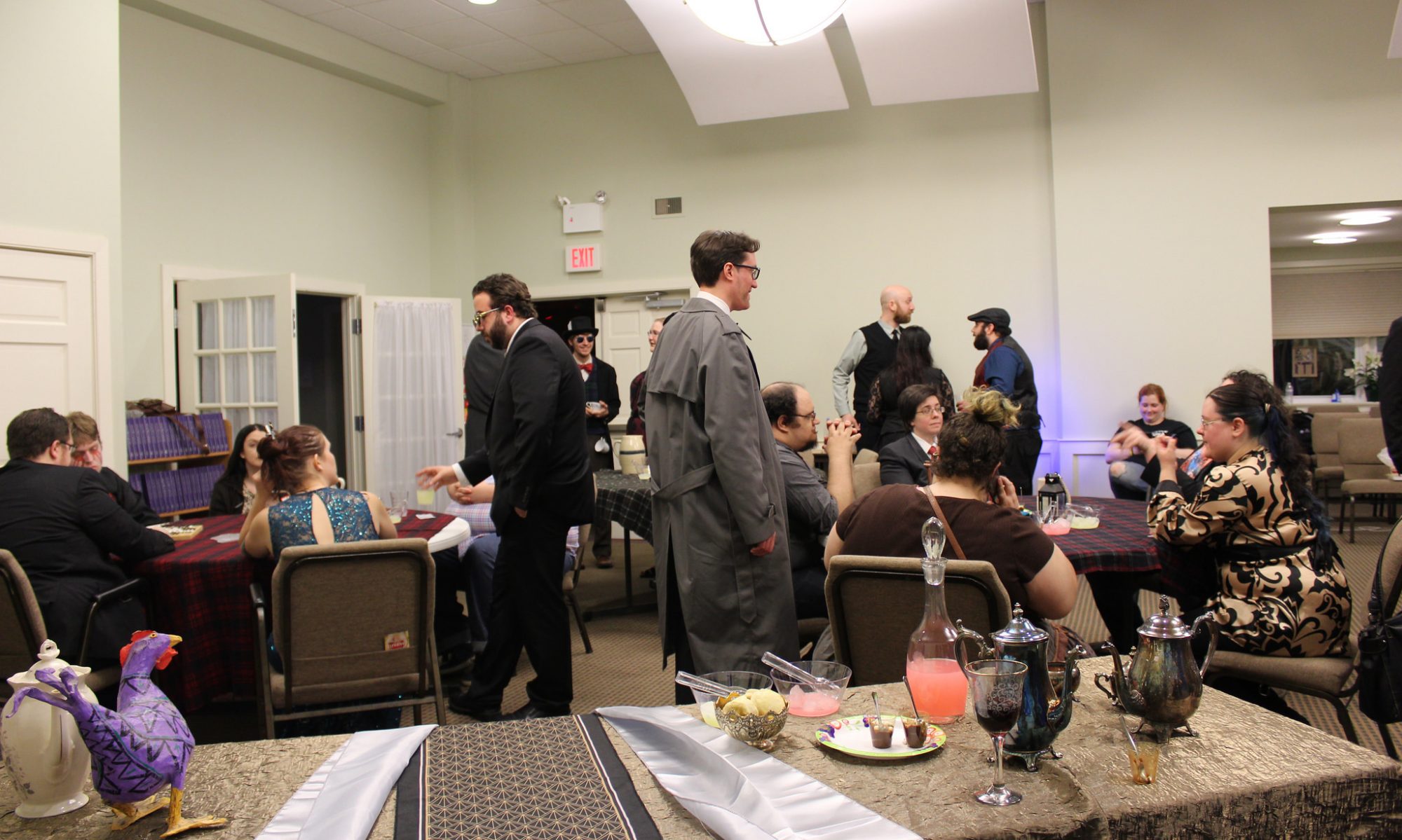As you all know, our last Cam/Anarch game of this chronicle will be Saturday, June 8th. We have two exciting announcements for a our next chronicle Cam/Anarch game.
First: Philadelphia by Night: The Gritty City
Storyteller: Ken Young
First game: Ewing NJ site, Saturday, July 20th. Future games will happen on the 3rd Saturday of the month in Ewing.
July’s game will be a historical game set in 2001, with “live” games starting in August.
Premise:
What would it feel like to win?
Since being retaken from the Sabbat in the 1980s, the Camarilla and Anarch Movement have waged an ongoing Cold War for control of the City of Brotherly Love. Fighting for dominance over Domain, mortal pawns, and the lifeblood of the Kindred, each side maneuvered influences, alliances with other powers, and covert sympathizers within each others’ ranks.
Then came the Week of Nightmares. Threats of Gehenna. The Nights of Turmoil. Thinking the Time of Judgement upon them, chaos erupted as vampires turned on one another. Machinations of centuries moved into their end-games, or were abandoned entirely. The Crusading Sabbat ravaged the eastern seaboard, bringing the reckoning of hunters upon all Kindred.
While spared the brunt of the onslaught of the Sword of Caine, Philadelphia was not spared the rest. Prince Dougherty chose to seize the moment, and publicly destroyed Advocate Lucretia of the Caitiff during a council of war. After giving the Anarch gangs an ultimatum to obey his Authority or face exile from the city, the Kindred of the city did much of the job of destroying one another. They began with Prince Dougherty.
The events of our first historical game, set in 2001, will help set the status quo for what comes after, as one of the last visits by an Archon to the city is made to broker peace.
The Gritty City focuses on driving player conflict by offering meaningful in game rewards. Players will use direct actions, downtime actions, retainers, and influences to develop the Districts of Philadelphia in their own image, and to damage or defeat their opponents. Storyteller plots will offer the opportunity to capture prizes in the form of artifacts or special pawns that contribute to gaining Dominance for their Sect, Clan, and Coterie.
And, of course, while the Kindred are playing against one another, they are not the only ones playing.
Second: This RIP Cam/Anarch game is part of the WPI Masquerade Chronicle. WPI will be inviting other groups to join our chronicle, so that players can travel between different games and make connections between them. The Masquerade Chronicle Manager is Matt Blank from New York.
In WPI, your local game is your most important game. We encourage you to travel to and try out other games, but your local game should be your most important one. The chronicle exists to support your local games, and provide a framework for the world as a whole.
Masquerade in the WPI universe is a competitive LARP using the By Night Studios, Mind’s Eye Theatre – Vampire: the Masquerade setting. Our timeline has been advanced to 2019, to reflect the start of our chronicle. During the years since the original book has been released, the Anarchs and Sabbat have started a shadow war against the Camarilla, fighting them clandestinely all across Europe. In the Americas, all three Sects deny this war is happening.
The closest historical comparison to the state of the Camarilla is the fall of the Roman Empire. The Camarilla is the most powerful Sect, but they simply do not have the numbers to enforce their rule as much as they claim. Archons are incredibly rare in North America, and most of the night to night power is held by the Princes.
Expect more news regarding Masquerade mechanical guidelines as we move towards the chronicle start. In the meantime, start thinking about character concepts. Perhaps a certain RIP Meetup this evening would be a good time to talk about character ties?
Cheers,
Jaclyn Terranova
Chapter Owner
